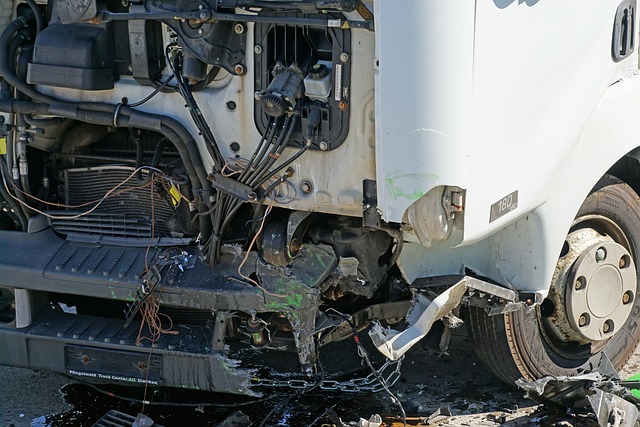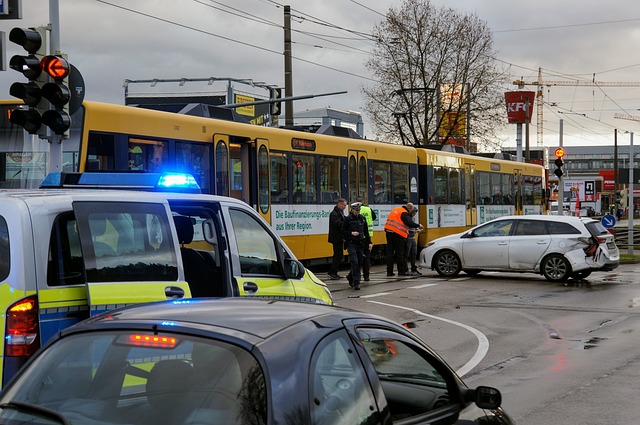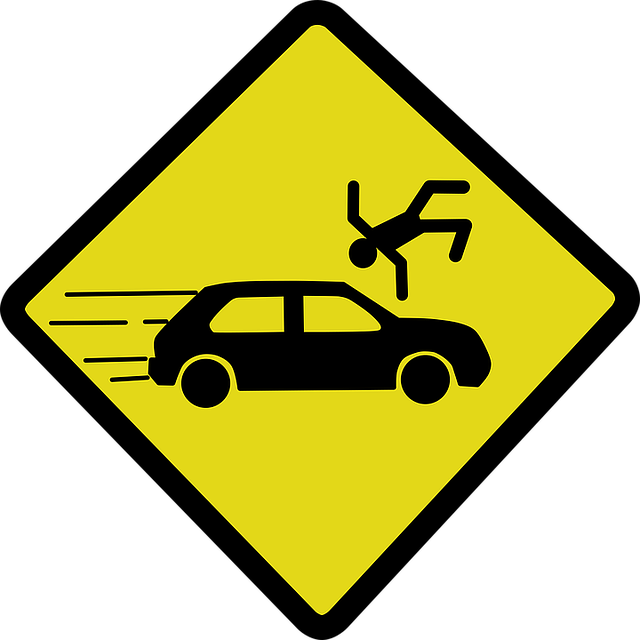Collision coverage is a crucial safety net for high-risk drivers, offering financial protection against vehicle damage and property losses in case of accidents. Insurance providers assess risk factors like age, driving history, vehicle type, location, and lifestyle to determine premiums. Despite exclusions for certain incidents, collision coverage encourages safer driving habits by shielding drivers from out-of-pocket expenses. Understanding the claims process is essential for high-risk drivers with collision insurance, as it involves immediate reporting, evidence collection, damage assessment, and claim approval or denial based on policy terms. Alternative collision policies cater to specialized needs, providing expanded protection and tailored endorsements for specific risks.
Collision insurance is a vital safety net for high-risk drivers, offering protection against financial devastation caused by accidents. This comprehensive guide explores the unique needs of these drivers and delves into the critical role of collision coverage in risk mitigation. We break down key benefits, common exclusions, premium factors, claims processes, and customization options. By understanding these aspects, you can navigate the insurance landscape more effectively, ensuring adequate protection on the road.
Understanding High-Risk Driving Profiles

High-risk driving profiles are characterized by individuals or vehicles with a higher likelihood of being involved in accidents due to various factors. This includes young drivers, those with multiple traffic violations, and owners of high-performance or modified cars. Understanding these profiles is crucial when it comes to offering suitable collision coverage. Insurance providers assess these risks to tailor policies that ensure both financial protection and safety for all road users.
Collision coverage plays a significant role in mitigating the financial impact of accidents for high-risk drivers. It provides compensation for damage to both the insured vehicle and any other vehicle or property involved in the incident. By understanding these driving profiles, insurers can design comprehensive collision insurance plans that offer adequate protection while also encouraging safe driving practices through incentives and tailored risk management strategies.
The Role of Collision Insurance in Risk Mitigation

Collision insurance plays a pivotal role in risk mitigation for high-risk drivers. By providing financial protection against the financial burden of accidents, collision coverage ensures that policyholders are not left with devastating out-of-pocket expenses. This is particularly crucial for drivers who engage in risky behaviors or operate vehicles with higher likelihoods of damage, such as sports cars or those navigating challenging road conditions.
Collision coverage acts as a safety net, covering repairs or even the replacement of vehicles involved in accidents, regardless of fault. This proactive measure reduces the financial strain on high-risk drivers, encouraging safer driving habits and promoting peace of mind. In essence, collision insurance is not just about financial protection; it’s about enabling drivers to focus on safe operation of their vehicles without the added worry of potential financial disasters.
Key Benefits of Comprehensive Collision Coverage

Comprehensive collision coverage offers significant advantages for high-risk drivers, providing a safety net that can prove invaluable. One of the key benefits is financial protection; this type of coverage helps pay for repairs or replacement of your vehicle if it’s damaged in an accident, regardless of fault. This feature is especially beneficial for high-risk drivers who are more likely to be involved in collisions due to various factors such as age, experience, or location.
Furthermore, collision insurance can help maintain a clean driving record. In many cases, when you’re at fault for an accident, your rates could increase substantially. With comprehensive collision coverage, however, these rate hikes may be mitigated, preserving your financial stability and helping to keep your insurance costs manageable.
Common Exclusions and What They Mean

Collision insurance is a crucial safety net for high-risk drivers, but it’s essential to understand its limitations. While collision coverage typically pays for repair or replacement costs when you’re in an accident, several common exclusions can leave policyholders with unexpected out-of-pocket expenses. These exclusions vary by insurer, but they often include situations like driving under the influence, intentional acts, or accidents occurring while your vehicle is being used for illegal purposes.
For instance, if a policyholder gets into an accident while intoxicated or after modifying their vehicle in violation of laws, collision coverage may not apply. Additionally, if your car is damaged while parked and not in use, or during certain high-risk activities like racing or off-road driving, these incidents might not be covered. Knowing these exclusions beforehand allows drivers to make informed decisions and potentially adjust their driving behavior or policy choices accordingly.
Factors Influencing Collision Insurance Premiums

Several factors significantly influence collision insurance premiums for high-risk drivers. One of the primary considerations is the driver’s history, including previous claims, accidents, and traffic violations. A higher frequency or severity of these incidents will typically result in higher premiums due to the increased risk posed by such drivers. Additionally, the type and age of the vehicle play a crucial role; older models or those with high-end features may command higher rates because of their value and potential repair costs.
Geographic location is another key factor. Areas with higher crime rates, heavy traffic congestion, or extreme weather conditions often lead to higher collision insurance premiums. Insurance companies assess these regions as having a greater risk of accidents and damage to vehicles. Furthermore, lifestyle choices can indirectly impact premiums; for instance, frequent long-distance travel or involvement in high-risk activities might also contribute to higher collision coverage costs.
Claims Process and How It Works

When a collision occurs, understanding the claims process is crucial for high-risk drivers who carry collision coverage. The first step involves reporting the incident to your insurance provider as soon as possible. This can typically be done via phone or online through the company’s website. After notification, an adjuster will be assigned to investigate the claim. They will gather details from all involved parties, including witness statements and any relevant evidence.
The adjuster will then assess the damage to your vehicle and determine the cost of repairs or replacement. This is where collision coverage comes into play, as it compensates for these expenses up to the limits specified in your policy. Once the estimate is finalized, the insurance company will either approve or deny the claim based on the terms of your policy and the severity of the damage. If approved, they will provide you with a check or direct payment to the repair shop for the necessary repairs.
Alternative Options and Policy Customization

For high-risk drivers, traditional collision insurance might not be enough. Fortunately, there are alternative options available that offer more comprehensive coverage tailored to their unique needs. These alternatives often include specialized policies that cater to specific risk factors such as advanced driving training, vehicle modification, or participation in high-risk driving programs. By choosing these customized policies, drivers can secure better rates and expanded protection beyond what standard collision coverage offers.
Policy customization allows for a more precise fit between the driver’s profile and their insurance plan. This could involve adding specific endorsements to cover incidents like rolling crashes, which are common among certain high-risk demographics. Additionally, riders can opt for additional benefits like rental car coverage during repairs or roadside assistance services, enhancing overall peace of mind. Such customization ensures that the collision coverage aligns with the driver’s lifestyle and reduces potential financial burdens associated with accidents.
